Tesla Model Y review: Dynamic E-SUV for two target groups
No segment is more popular worldwide than compact SUVs, and the model range is correspondingly large. Can the Tesla Model Y stand out from the competition? Here is our drive review, including riding the Tesla at high speeds on the German “Autobahn”.
* * *
Regional production leads to identification: If there is a car factory somewhere in the world, the respective vehicle gets much attention in the surrounding area. This is also the case with the Tesla Model Y, which will soon roll off the production line in Grünheide in Brandenburg. It almost seems as if the battery-electric SUV were a German car. The public interest is enormous. Now, electrive had the opportunity to test the Model Y over ten days and 1,024 kilometres.
The press car still comes from China. However, the manufacturing quality has a much better reputation than the examples from Fremont, California. And perhaps those to come out of Giga Berlin eventually will be of even higher quality. This time, however, after a rainy night in the open air, it turned out that the door seals were not perfect, and the driver’s armrest got wet. Bygones.
The Tesla Model Y targets two consumer groups: Firstly, all those buyers who want a Tesla, but for whom the Model 3 is too small. The sedan only has a stubby lid instead of a large and electrically opening tailgate. Theoretically, there will even be a 7-seater option for the Model Y soon. Forget it. The third row really only fits toddlers, and they sit more cramped than on the US-style boot seats mounted against the direction of travel in the Model S. Nevertheless, space is generous in the Model Y, including the frunk (117 litres). And a tap on the screen or the app unlocks it instead of one or more mechanical levers used by the competition.
The abundance of space is the most important argument for the second target group besides those with an affinity for Tesla: Those who want an SUV anyway. And there are a lot of them. No segment is as successful as that of the so-called compact sports utilities, and in concrete terms, that means 4.75 metres long, 1.92 metres wide without mirrors and 1.62 metres high. Huge? Yes, compared to the Model 3. No, compared to the competition. This class is lush throughout. Nothing pinches inside the Model Y, and even tall people are comfortable.
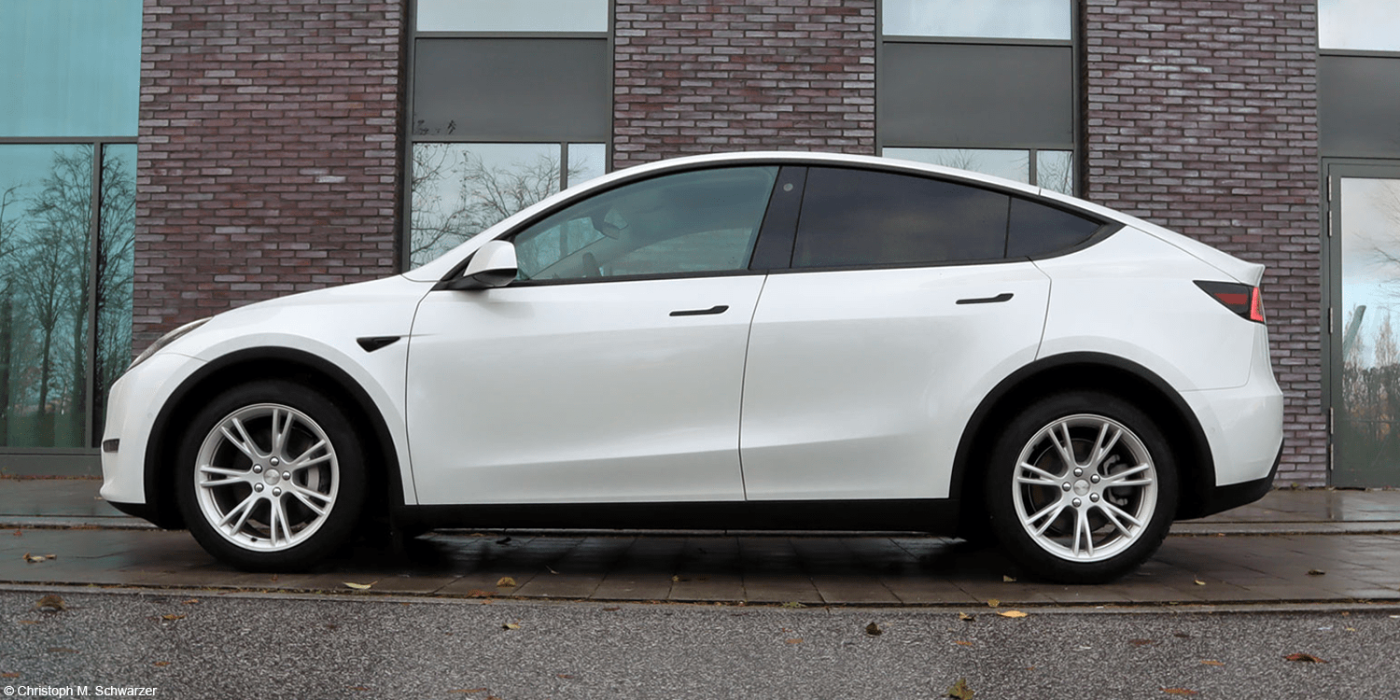
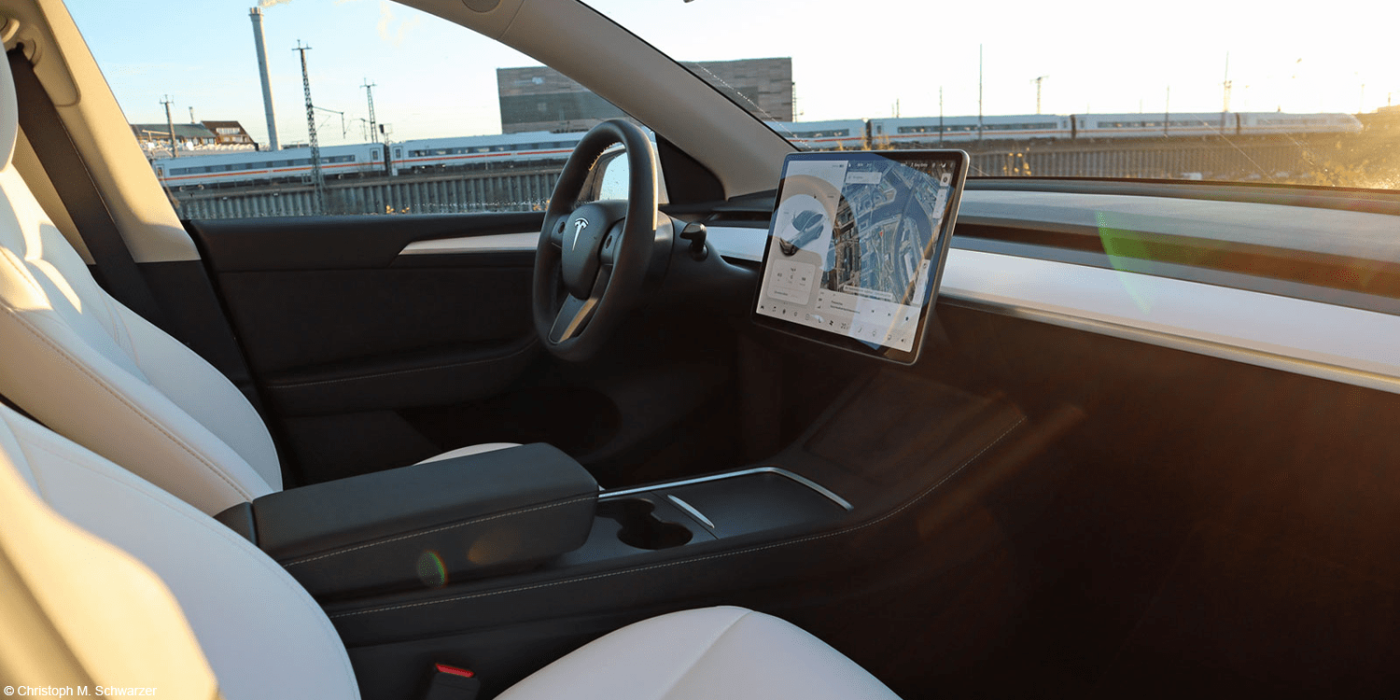
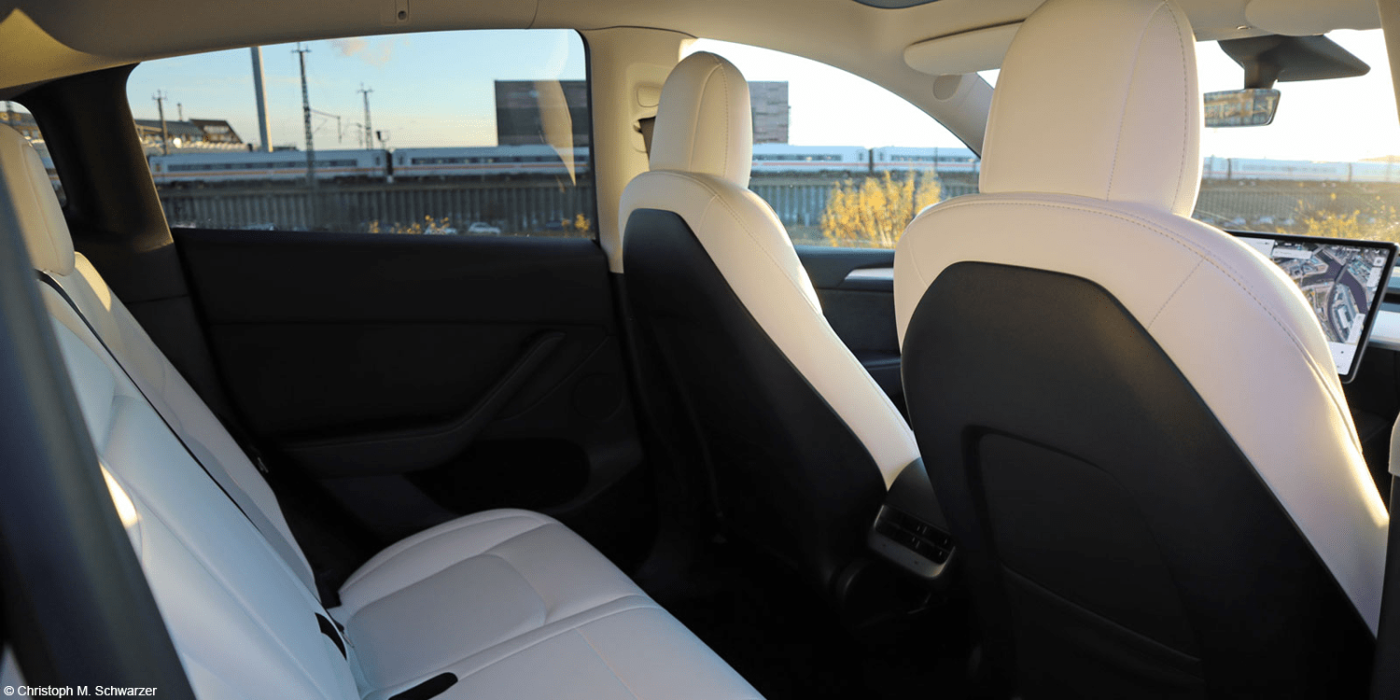
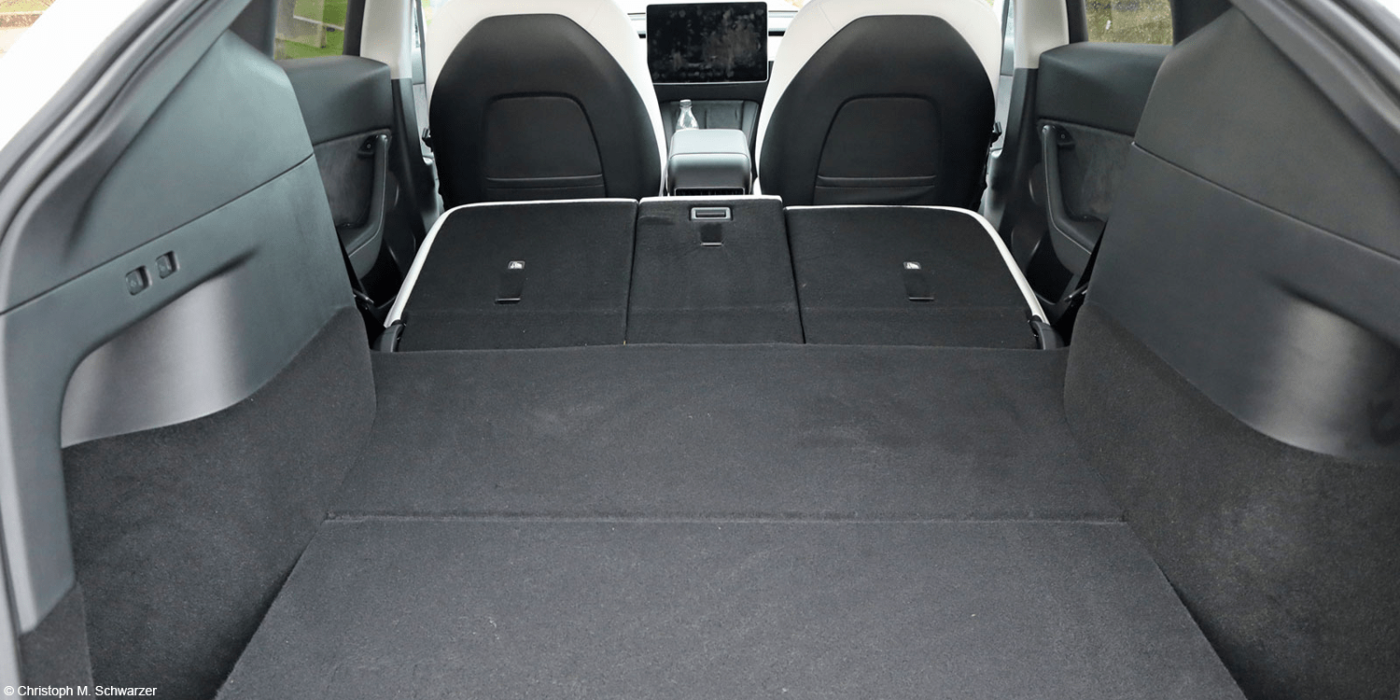
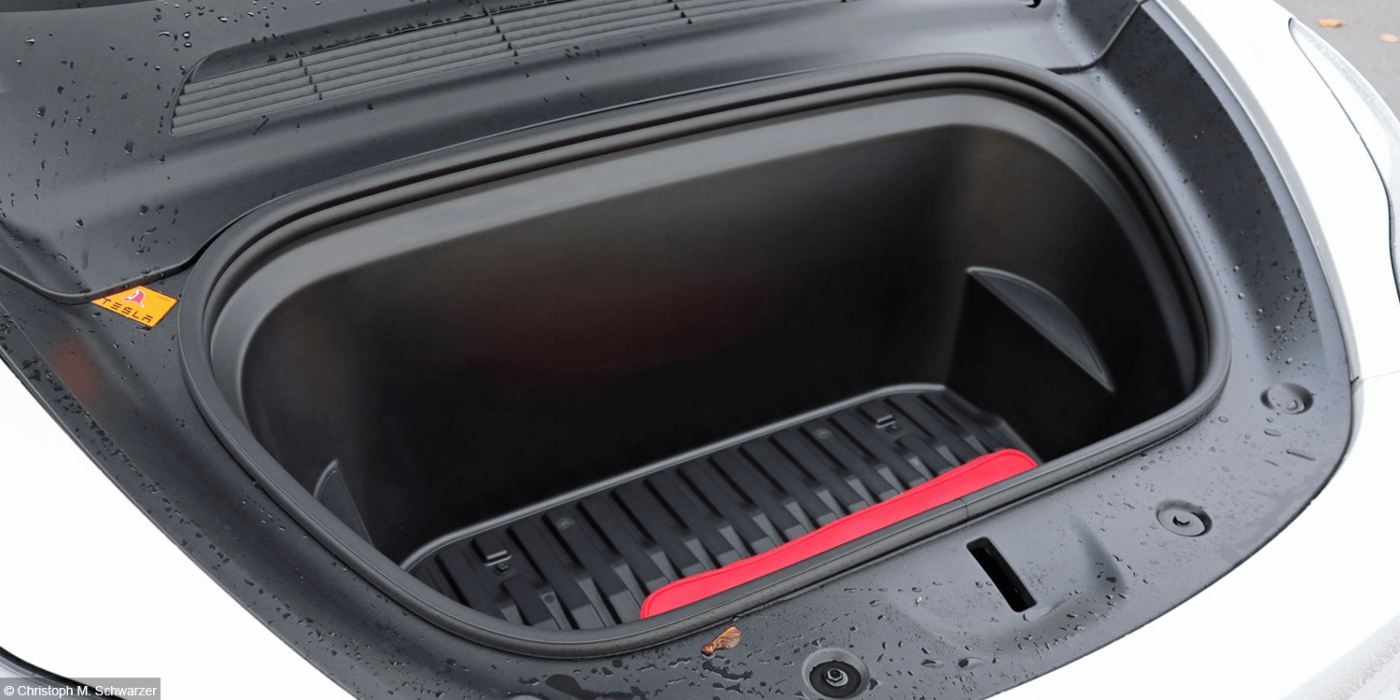
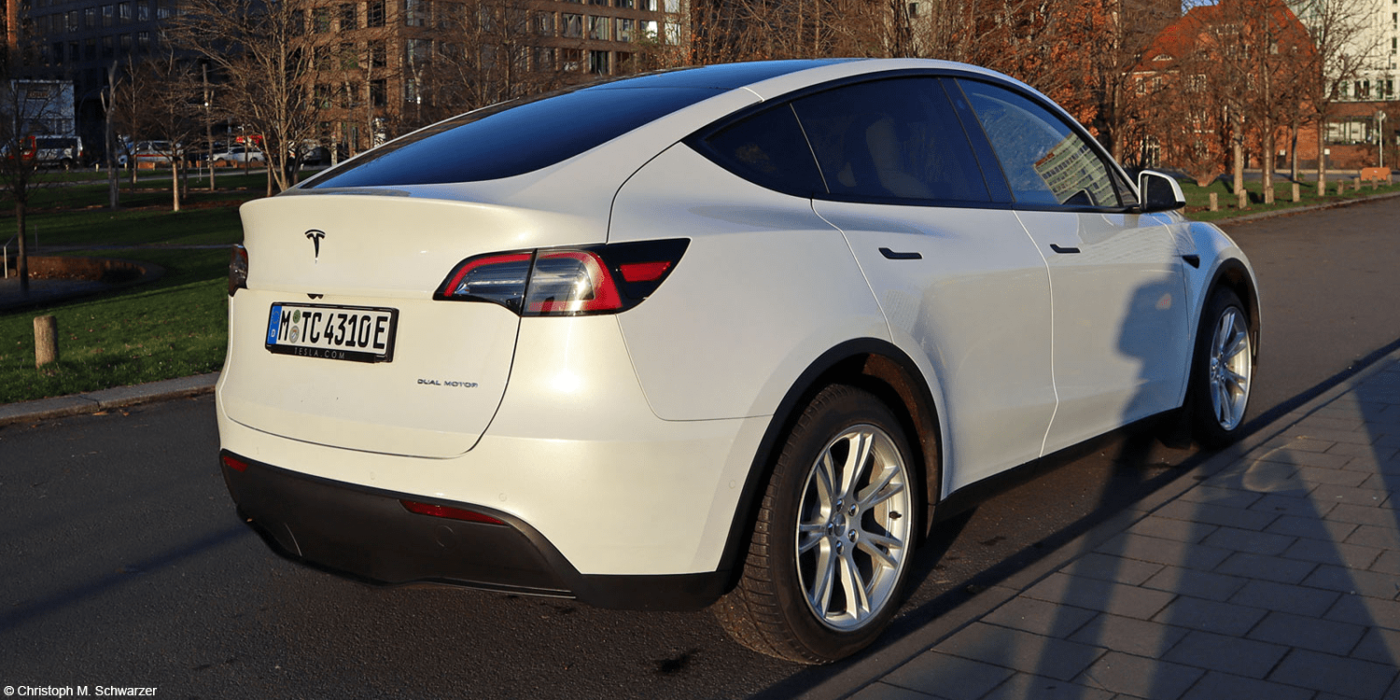
This does not distinguish the Model Y from the competition though. On reflection, it must be said that there are hardly any unique selling points. Power consumption and range – more on this later – are also on a par with the others.
Superior route planning and convenience
What Tesla continues to do best is the ease of use on longer routes. This factor can be decisive for those who do not constantly think about charging curves and kilowatt-hours. No electric car makes touring as easy and reliable as a Tesla.
Because it’s so nice, here’s the description again: Enter your destination. You can also use voice control. The navigation system doesn’t ask for three confirmations like some of its competitors (“do you really want to go to this address? Yes / No”). Instead, it quickly calculates the route. It shows Superchargers along the way, and it predicts the State of Charge (SoC) upon arrival and the necessary waiting time with high precision. It goes without saying that the battery is automatically pre-conditioned in favour of high charging power – even if the up to 250 kW advertised in the press release were not even remotely achieved at a low SOC; the maximum was 150 kW.
Arriving at the Supercharger, the driver does not have to remove a flimsy rubber protector from the CCS socket. One presses the Supercharger plug, and the cover opens with a gentle swing. Plug-in, done. Identification and start-up are automatic and without any app or RFID card. The price for the kilowatt-hours is displayed on the central screen. Insertion: Recently, it has also been possible to search manually for third-party DC charging stations. All this works wonderfully and in an exemplary manner. It is and remains amazing that the other car manufacturers have not recognised the value of this convenience or seem incapable of implementing a similarly smooth system.
In all other respects, the Tesla Model Y is an electric car that struggles to stand out from the competition positively. Only the immense thrust – at “Maximum range” it takes five seconds to reach 100 km/h – is reminiscent of the early days of e-mobility, when social media channels were flooded with videos of Tesla drivers who were left with nothing but an “aaargh” or squeaky sound in a ludicrous drag race at the traffic lights. The rest is average or even less.
Moderate ride comfort, unfortunate set-up
Unfortunately, it has to be said that the overall comfort is moderate. Anyone who last sat in a new car in 2005 or even came from a diesel passenger car will find the Model Y pleasantly quiet. However, compared to a Volkswagen ID.4 or a BMW iX3, it scores worse in noise insulation. Both the wind and the work of the chassis are louder.
The chassis, in general, is not coherent. The Model Y makes a handy impression because of the small steering wheel and the direct steering ratio. But it is too heavy for fast cornering. And the suspension is too hard. Even with 19-inch winter tyres, the ride feels wooden.
Moreover, the Model Y is underdamped and seems imprecise at speeds above 130 km/h (top speed: 217 km/h), which has become the average speed on parts of the motorways in Germany. This impairs the feeling of safety. All in all, this Tesla is neither a comfort-oriented cruiser – which would suit it by nature – nor a dynamic sports car. Perhaps Tesla has saved too much on the hardware; the Model Y does not have a complex and expensive multi-link rear axle like a Polestar or BMW.
The need to save money shines through in many places. For example, why do Tesla owners have to order a sunshade for the panoramic roof from the brand shop or accessory traders? And even if the choice of materials and quality of workmanship is essentially good: Here, not only classic premium brands like Audi or Mercedes are superior.
Power consumption and range are in line with the class
Regarding power consumption: on average, the Model Y took 21.6 kWh/100km from the battery, which according to the vehicle registration document, holds 77 kWh. This is less than a previously tested Hyundai Ioniq 5 (22.3 kWh/100km) but more than a Volkswagen ID.4 (18.6 kWh/100km) driven in summer. The comparison to the ID.4 is not valid, however, because the weather conditions were ideal for the VW. At the same time, the Model Y and the Ioniq 5 had to go out with winter tyres and in wet, single-digit temperatures. The Model Y is naturally far from the efficiency of a Model 3. Around 19 centimetres more height takes an aerodynamic toll on the frontal area. That is the price physics demands of any SUV.
This is particularly noticeable on the motorway. The onboard computer showed 25.2 kWh/100km at the recommended speed. This results in a calculated range of 306 km. That is the same level achieved by the competition. Whether this is a lot or a little depends on how you look at it: The power consumption is relatively high when you consider that a single journalist without luggage was travelling at 130 km/h (speedometer reading here: 132 km/h) and that battery-electric sedans are considerably more economical. In comparison to SUVs with combustion engines, on the other hand, the efficiency of this type of drive becomes apparent.
Starting price below 60,000 Euros, LFP version to follow
At 59,965 euros, the gross list price of the Tesla Model Y Maximum Range in Germany remains just below the magic threshold of 60,000 euros, above which company car tax rises from a quarter of a per cent to a half. As usual, the Tesla configurator shows a different price because the manufacturer’s share of the so-called innovation premium has already been deducted, and the processing fee has been added. After deducting the BAFA premium, the total starting price is 52,970 euros.
A lot of money for a lot of electric car? Those with little patience and less high demands on the range can wait for the base model, which is expected this year. It will, as Elon Musk has announced for all Model 3 and Model Y, get robust and inexpensive LFP cells and have no all-wheel drive.
Tesla finally belongs to the established car manufacturers with the Model Y. No brand has managed that for decades. The Model Y is the Tesla for people with large space requirements, whether because of family, hobby or job. The strength remains the simplicity of route planning. In many other aspects, the Model Y is only average, and comfort is mediocre. But that won’t stop friends of the brand from buying. They want a Tesla and nothing else.
Reporting by Christoph M. Schwarzer, Germany. Translation and localisation, Nora Manthey.

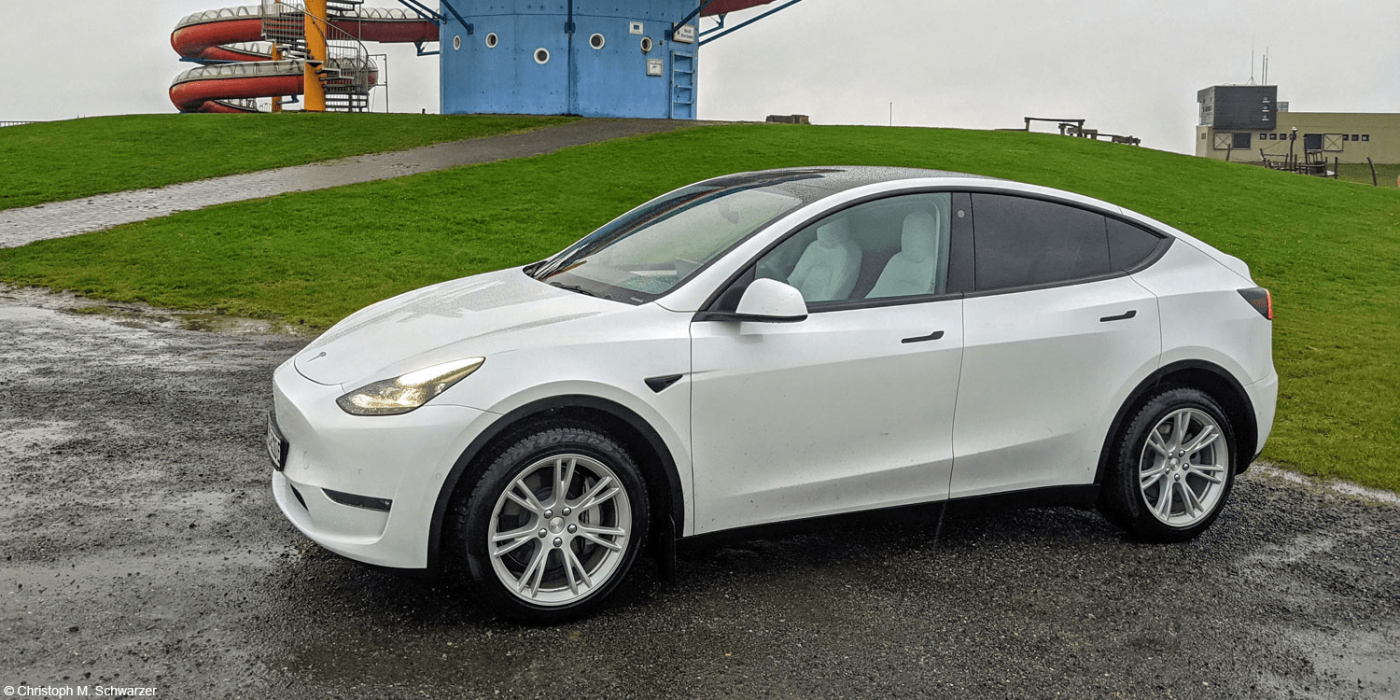
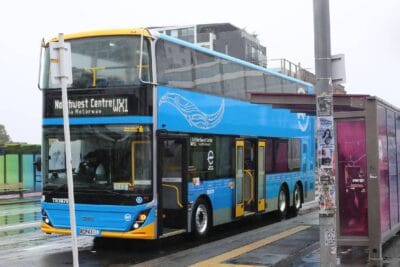
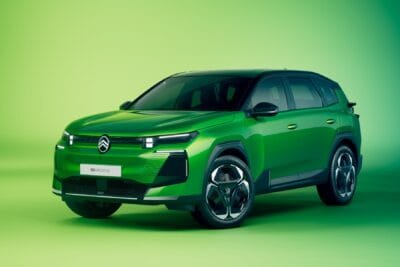
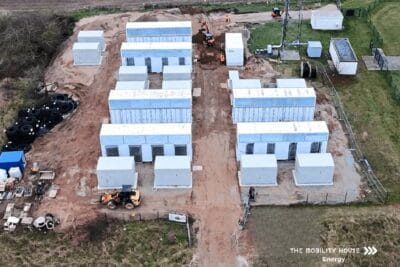
1 Comment